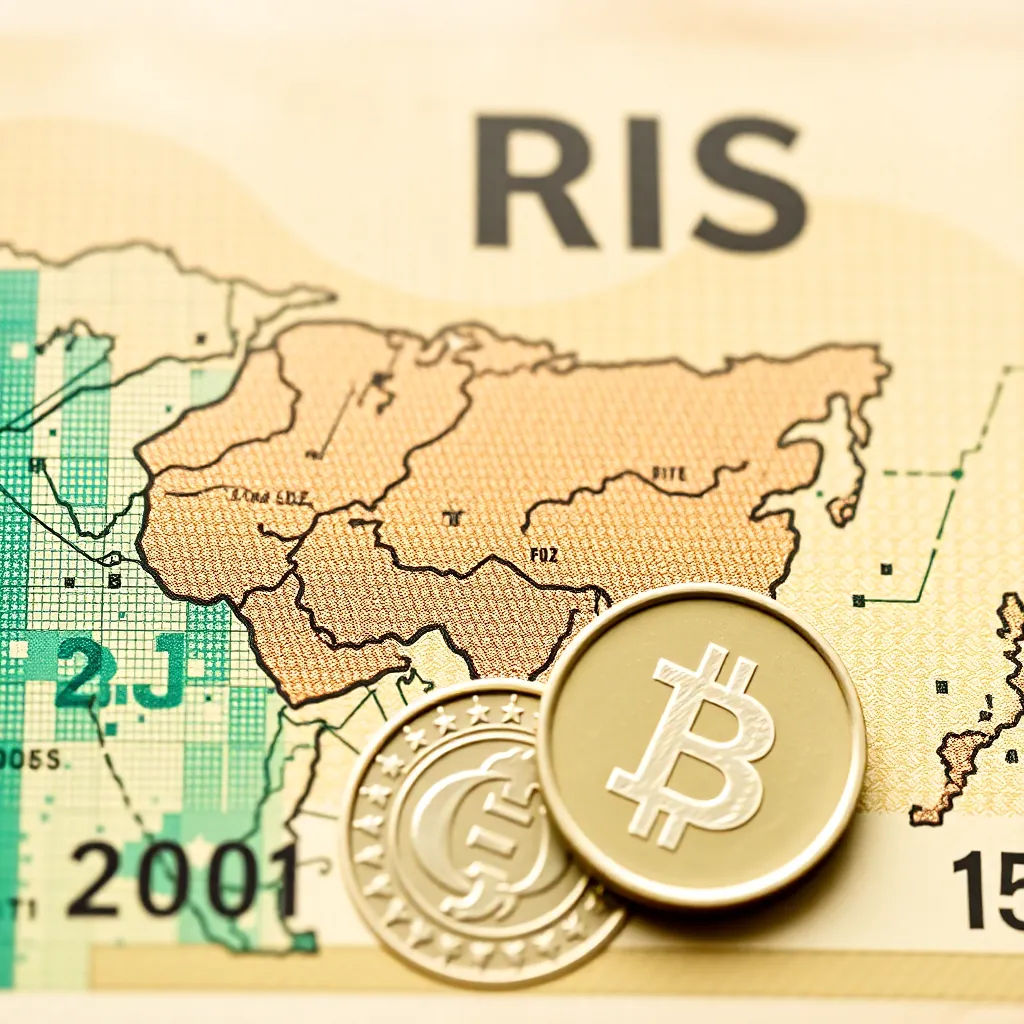BRICS Currency: What You Need to Know
The BRICS bloc, comprising Brazil, Russia, India, China, and South Africa, has gained significant attention for its potential to reshape the global economy. One of the most anticipated moves in recent times is the proposed BRICS currency. Here’s a detailed look at what the BRICS currency could mean for the global economy, its price factors, and other essential details.

1. The Need for a BRICS Currency
The BRICS nations represent some of the largest economies in the world and have long been in talks to develop a common currency. The primary reason for this initiative is to reduce dependency on the US dollar in international trade and promote economic sovereignty. Many BRICS nations face challenges with dollar-based trade, especially given political sanctions or economic volatility. The BRICS currency aims to establish a more equitable financial system for developing nations.
2. The Concept of the BRICS Currency
The BRICS currency will likely be a basket of the currencies of the member nations. This means it will be backed by the five currencies of Brazil, Russia, India, China, and South Africa. It could function similarly to the International Monetary Fund’s Special Drawing Rights (SDRs), which is a basket of major world currencies.
3. What Will Be the Price of the BRICS Currency?
Currently, the BRICS currency has not been officially launched, so there is no fixed price or exchange rate. However, its value will be determined based on:
- The economic strength of the BRICS nations.
- Inflation rates and currency stability in each country.
- Trade volumes between BRICS nations and the rest of the world.
- Global demand for commodities (as many BRICS nations are large exporters of raw materials).
If the BRICS currency is tied to a basket of commodities such as gold, oil, or rare minerals, it could maintain stability against inflation and market fluctuations. This could make it a safe asset for international reserves.
4. Potential Impact on Global Trade
- Shift from the Dollar: The BRICS currency could reduce the dominance of the US dollar in global trade. For example, Russia and China are already conducting many of their bilateral trade transactions in their local currencies. A unified currency could accelerate this trend.
- Greater Trade Among BRICS Members: A common currency could facilitate trade between BRICS countries, minimizing currency conversion costs and reducing dependency on Western financial systems.
- New Investment Opportunities: With the creation of a new currency, global investors might seek to diversify their portfolios by investing in BRICS-backed assets, leading to new financial instruments like bonds and securities.
5. Challenges in Implementation
- Economic Disparity: BRICS countries have vastly different economies. For instance, China is the world’s second-largest economy, while South Africa is much smaller. Aligning these economies under one currency poses a significant challenge.
- Geopolitical Tensions: Given the different political systems within BRICS, finding common ground on financial policies could be difficult.
- Trust in the New Currency: Convincing global traders and businesses to use a new currency will take time. They will need assurance of its stability and reliability.
6. Timeline and Future Prospects
As of now, the BRICS currency is still in the discussion phase, and no official date has been announced for its launch. However, with increasing momentum around de-dollarization and the BRICS nations’ interest in reshaping global financial structures, it is likely that we will see some movement in this direction within the next few years.
Conclusion
The BRICS currency could have profound implications for global trade, investment, and geopolitics. While there are still many challenges to overcome, its potential to create a more multipolar world economy is undeniable. As the world waits for more concrete developments, businesses and investors should keep a close eye on the evolution of this currency and prepare for the shifts it could bring to the international financial landscape.
This blog post offers an overview of the anticipated BRICS currency and its potential impact on global trade and finance. Keep checking for updates as more details emerge from the ongoing discussions among BRICS nations

